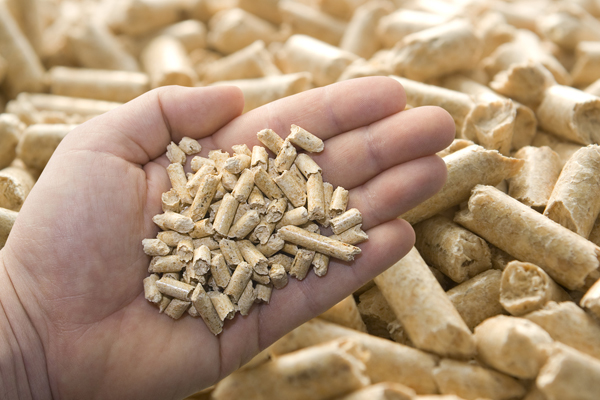The demand for biomass in Asian countries is growing rapidly. So is there enough biomass supply to meet this growth? We will discuss the supply and demand balance of wood pellets in the region and the prospects for the next few years.
There is currently enough supply to meet the needs of the region, but it is clear from our data that if the supply meets the demand, more investment is needed. For example, Japanese utility companies are considering upstream investments to ensure the supply they need. In addition, Japanese users offer 10- to 15-year off-take contracts that have been subsidized and will attract investors to support new supply capabilities.
Our estimates indicate that demand for industrial pellets in Asia will reach 4.9 million tons in 2018, an increase of 49% from 2017. Demand for pellets in South Korea and Japan is expected to continue to grow. We estimate that it will reach 13 million tons in 2027. There are several factors that affect whether all of the requirements are met, and most importantly the availability of biomass.
Our data on the sawdust particle observation report for the second quarter of 2018 shows that there are 44 million tons/year of wood chip production capacity in the world, mainly for heating and industry, of which nearly 6 million tons are industrial capacity in Asia, Australia and Western Canada.

Another question is whether capacity can be brought online fast enough? The Southeast Asian market has proven that it can quickly build new capacity. The most obvious example is that Vietnam exports 100 times more particles to South Korea in six years and exports more than 1.5 million tons to South Korea in 2017. Most of the exported pellets come from several small factories, usually less than 20,000 tons/year. Malaysia, Thailand and Indonesia also rapidly expanded their production capacity and continued. Again, suppliers are mainly from many small factories. By building pellet plants in existing sawmills, Russia's supply capacity is also growing rapidly, saving time and money by leveraging existing infrastructure and easily accessing raw materials. Russia mainly supplies the European heating market, but recent expansion has been focused on the Asian market.
In contrast, the Canadian market has expanded to meet the growing demand in the Japanese market. Japanese buyers favor the safety of Canadian suppliers, but plants in North America are large, typically over 300,000 tons/year. A large amount of money must usually be raised, which requires extensive due diligence and secure off-take contracts, and the planning process may take longer than the rest of the world. Although more than 1 million tons of projects are being developed in western Canada each year, Japan will not be able to rely entirely on Canada if it needs to find a large supply quickly.




